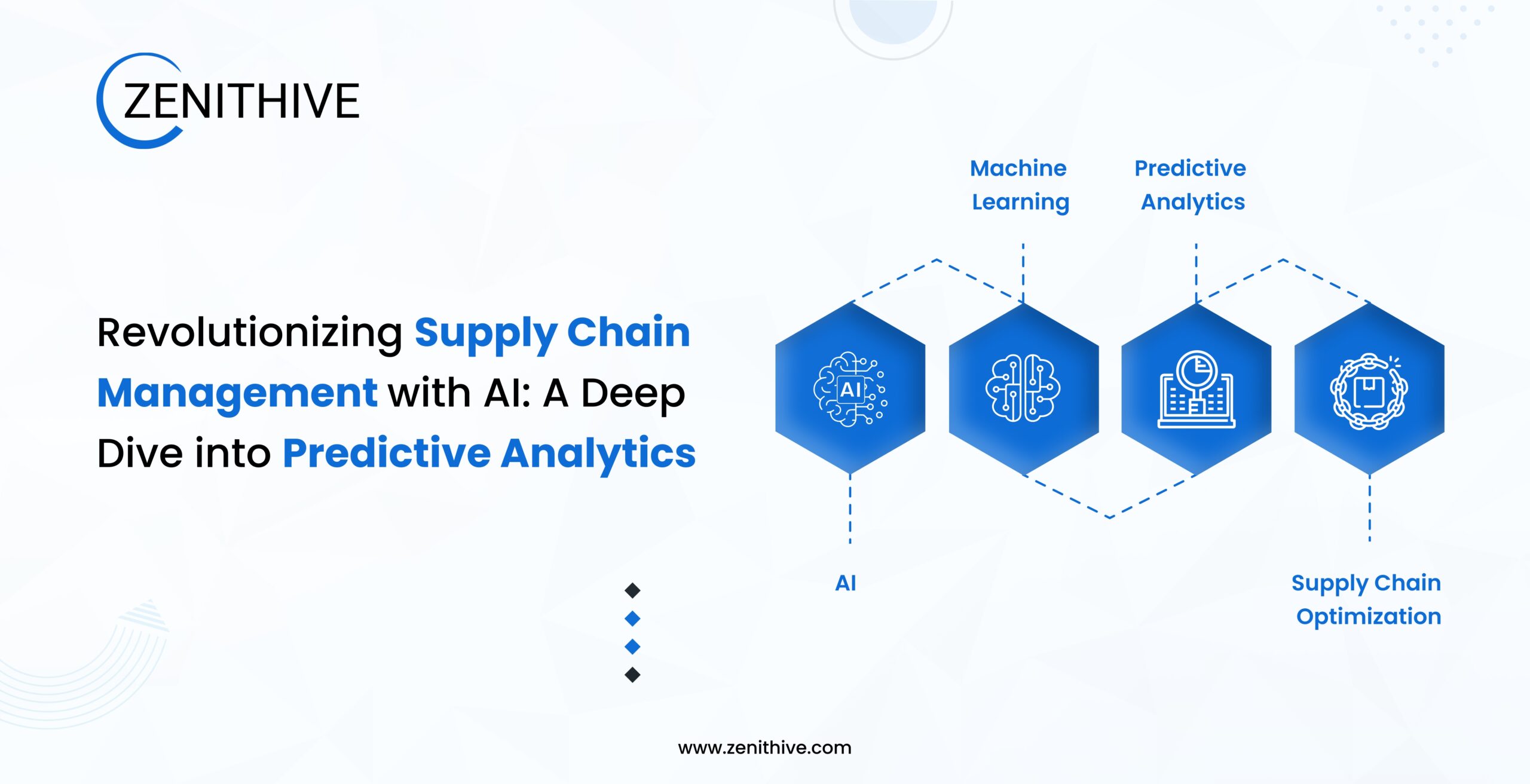The Secret to Rapid Development: How Ruby on Rails Cuts Time-to-Market

1. Introduction
In an era where speed defines success, the ability to develop and launch software quickly has become a critical factor for businesses. The concept of rapid development emphasizes delivering products to market faster while maintaining quality, flexibility, and scalability. Ruby on Rails (RoR) emerges as a standout framework, enabling businesses to achieve these goals efficiently.
With its unique features and a strong developer community, RoR has become a favorite among startups and enterprises alike. This blog delves into how Ruby on Rails accelerates development cycles and explores its role in some remarkable startup success stories.
2. The Need for Speed in Development Cycles
Time-to-market is a decisive factor in determining a product’s success. Businesses that can adapt quickly to evolving customer demands and market trends hold a significant competitive edge. Research shows that reducing time-to-market by just six months can increase product revenue by 33% in its first five years.
Rapid development cycles also facilitate quicker validation of ideas, ensuring businesses invest resources in the right direction. For startups, this agility is crucial to attract investors and build an early user base. The ability to deliver fast iterations and incorporate feedback ensures better alignment with customer needs, enhancing product viability.
Ruby on Rails’ features align perfectly with this need for speed, offering a robust framework that supports fast prototyping, agile development, and seamless scaling.
3. Key Features of Ruby on Rails Driving Rapid Development
Ruby on Rails has revolutionized the development with its efficiency and developer-centric design. Here are some of the standout features that make it an ideal choice for rapid development:
- Built-in Tools and Libraries: RoR’s extensive library of gems provides ready-made solutions for common development challenges. From authentication (Devise) to payment integrations (Stripe), developers can integrate advanced functionalities without starting from scratch.
- Convention over Configuration: This philosophy minimizes decision-making by offering sensible defaults, significantly reducing the time spent on setup and configuration.
- MVC Architecture: Ruby on Rails follows the Model-View-Controller pattern, ensuring clear separation of concerns, which simplifies code organization and makes the development process more efficient.
- Strong Community Support: RoR boasts a vibrant community that actively contributes gems, tutorials, and support, making it easier for developers to resolve challenges quickly and focus on delivering results.
- Agility and Flexibility: The framework’s ability to adapt to iterative development cycles allows businesses to make changes and add features without overhauling the system.
These features collectively enable developers to create scalable and robust applications within tight deadlines, making Ruby on Rails a powerful ally for businesses.
4. Startup Success Stories Powered by RoR
Ruby on Rails has been instrumental in the success of several globally renowned startups. Here are a few examples:
- Airbnb: Initially developed on Ruby on Rails, Airbnb leveraged the framework’s rapid prototyping capabilities to validate its business model. RoR enabled the team to iterate quickly, scaling the platform to support millions of users worldwide.
- Shopify: As an e-commerce giant, Shopify’s foundation on Ruby on Rails allowed it to offer merchants customizable storefronts with minimal development effort. Today, Shopify powers over 4.4 million websites globally.
- GitHub: Known as the world’s largest code hosting platform, GitHub’s reliance on Ruby on Rails helped streamline its development process, enabling it to become a cornerstone of the developer community.
These examples underscore how RoR’s speed and efficiency contribute to achieving market leadership, particularly in competitive startup ecosystems.
5. Benefits for B2B and B2C Industries
Ruby on Rails offers versatile benefits across various industries:
- For IT Companies and Outsourcing Partners:
- Faster delivery of projects, enabling better client satisfaction.
- Simplified maintenance and updates, reducing overhead costs.
- For Retail and Manufacturing:
- Quick development of e-commerce platforms with features like inventory management and payment integration.
- For FinTech:
- Secure and scalable solutions for applications such as loan management systems and payment gateways.
- For Healthcare and Pharma:
- Streamlined development of patient portals, appointment scheduling systems, and regulatory-compliant applications.
The framework’s adaptability and robustness ensure that businesses can deliver solutions tailored to their industry needs.
6. Practical Tips for Leveraging RoR
To maximize the benefits of Ruby on Rails, consider these practices:
- Select a Skilled Development Team: Ensure the team has expertise in using RoR gems and follows best practices like DRY (Don’t Repeat Yourself) and KISS (Keep It Simple, Stupid).
- Leverage Third-party Tools: Use pre-built gems and APIs to save time and enhance application functionality.
- Implement CI/CD Pipelines: Continuous Integration and Continuous Deployment tools such as CircleCI or Jenkins can automate testing and deployment, reducing manual errors and speeding up delivery.
- Collaborate Effectively: Utilize project management tools like JIRA or Trello to maintain transparency and alignment with project goals.
These strategies ensure efficient development cycles and successful project outcomes.
7. Conclusion
Ruby on Rails stands out as a framework that empowers businesses to deliver quality products swiftly and efficiently. Its rich ecosystem, developer-friendly features, and ability to adapt to iterative processes make it an invaluable tool for startups and enterprises alike. By embracing Ruby on Rails, companies can turn ideas into reality at an unmatched pace, ensuring success in competitive markets.
Explore the possibilities with Ruby on Rails and discover how it can accelerate your journey to success.


